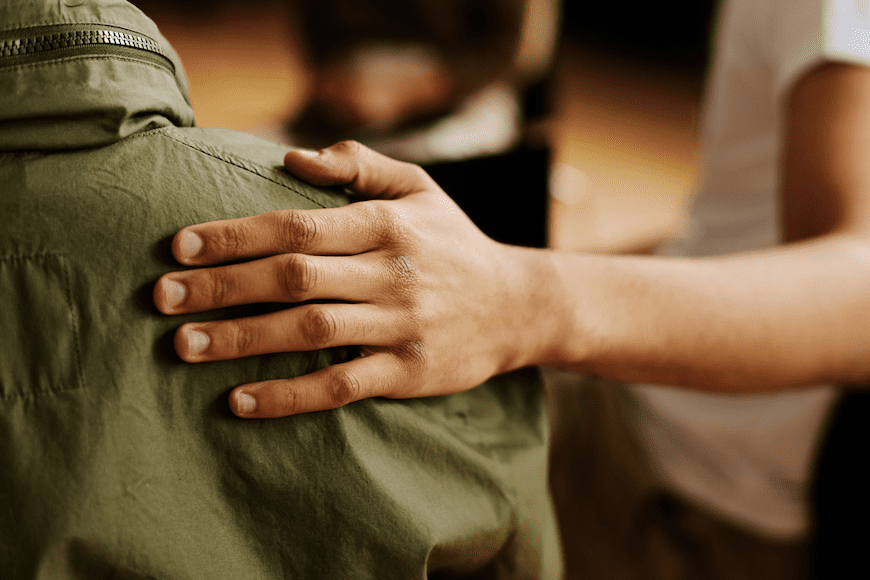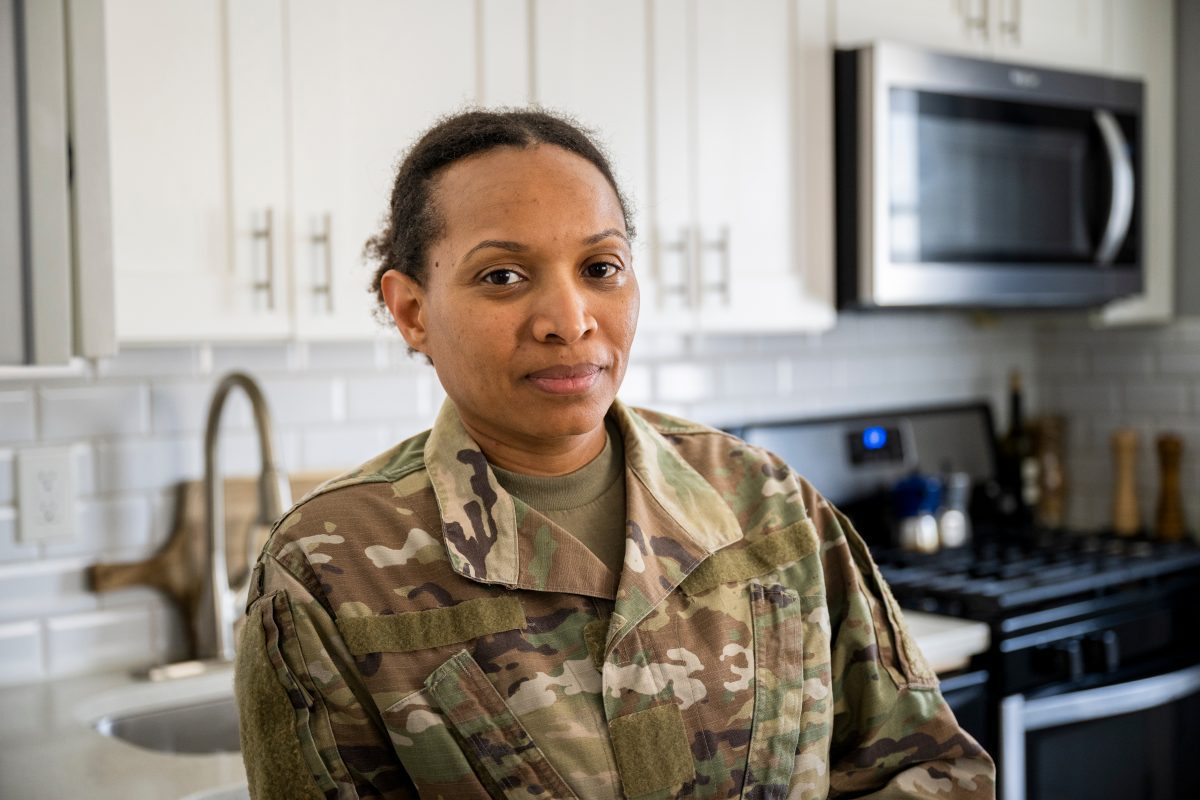The case of a mentally ill homeless man who was choked to death on a subway last week has shaken New Yorkers. According to hospital reports, Jordan Neely died of compression to the neck after being held in a chokehold by Daniel Penny, a Marine veteran.
Penny said he subdued Neely after the man exhibited threatening behavior and shouted at passengers that he was “hungry, thirsty and fed up with having nothing.” According to witnesses who were on the train, Neely had been acting erratically, but he did not attack anyone.
Mental health advocates say it didn’t have to come to this, that the system failed Neely. They cite the lack of mental health support and resources for homeless people in psychiatric distress.
Psychiatric Disorders in Hospitalized Homeless
Unemployment, Homelessness, and Other Societal Outcomes in Schizophrenia
Homelessness in the Child and Adolescent Population
New York City Programs
New Yorkers want to see the mental health crisis among the homeless population addressed. Nearly 90 percent think tax dollars that help the homeless are well spent, according to a recent survey by the group, Win.
Earlier this year, New York City mayor Eric Adams announced a controversial program to forcefully provide mental health services to the nearly 69,000 homeless people in the city. The number of people who live on the streets and subways in the country’s largest city has risen to its highest levels since the Great Depression of the 1930s, the advocacy group Coalition for the Homeless reports.
At the time of the announcement, Adams said he was directing police and city medics to place severely mentally ill people into treatment, even if they refuse care. He stressed that law enforcement implementing the policy would have access to a hotline manned by professional mental health clinicians who could offer advice on a case-by-case basis.
“These New Yorkers and hundreds of others like them are in urgent need of treatment, yet often refuse it when offered,” the mayor declared at a news conference. “No more walking by or looking away.”
Additionally, the city created a program known as B-HEARD, the Behavioral Health Emergency Assistance Response Division. “The focus of B-HEARD is part of New York City’s commitment to treat mental health crises as public health problems rather than a public safety issue,” Adams said. The program, which sends EMTs and social workers to mental health emergencies rather than police officers, was first implemented in the Queens and Brooklyn boroughs.
New York State Steps In
The state also appears to be pitching in. Yesterday, New York Governor Kathy Hochul detailed the state’s $1 billion mental health care plan to improve mental health care.
She said the state would use the budget for increasing inpatient psychiatric treatment capacity, outpatient services, and insurance coverage. It will also add more units of support and transitional housing for people with mental illness.
“My mental health care plan marks a historic shift in our approach towards addressing mental health challenges, reversing years of neglect to our system and bringing bold investments to ensure that every New Yorker has access to high-quality care,” Hochul said in a speech she gave in upstate New York. “This plan uses an all-hands-on-deck approach that utilizes community resources at every level to meet the needs of all New Yorkers in every corner of our state.”
Funding includes $18 million capital and $30 million operating funding to expand inpatient psychiatric beds in state-operated psychiatric hospitals. It adds $60 million in capital and $121 million operating funding to establish 12 new psychiatric emergency programs. It will also triple the number of state-funded Certified Community Behavioral Health Clinics statewide.
A National Issue
All of this is too late for Neely, who at the time of his death was on a “Top 50” list of the city’s homeless with acute needs. New Yorkers are divided on whether to prosecute Penny for murder. But they seem united that the city must do more to help those grappling with mental health.
Of course, people living on the streets with mental illness is far from a unique New York City problem. Homelessness exists in every state in the nation. High costs, joblessness, inaccessibility to mental health resources often force people out of housing. Hugh demand for safety net programs is straining them to the breaking point.
California currently has the highest number of homeless, with about 151,278 people without a place to live, according to World Population Review. This represents nearly 20 percent of the total homeless population in the U.S.



